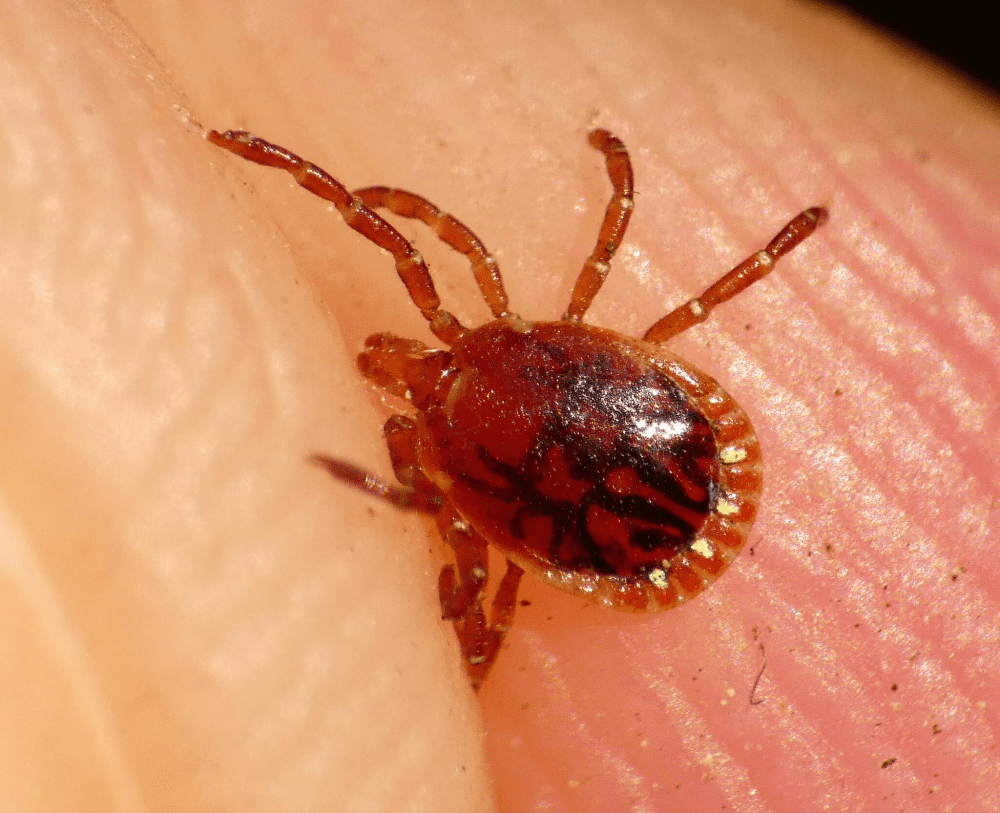The lone star tick isn’t afraid of latching onto humans, and when it does its bite can launch a nasty and peculiar disorder known as Alpha-gal Syndrome (AGS). Its symptoms range from a cough, to nausea and breathing difficulties, but curiously it can also cause you to become allergic to meat.
Anaphylaxis in AGS isn’t triggered by the meat itself, but a sugar molecule certain foods contain known as galactose-α-1,3-galactose, or alpha-gal. It’s mostly found in red meat, but also milk and gelatin.
Alpha-gal is isolated to mammals, which means that not all meat is off the menu because, as the Centers for Disease Control and Prevention (CDC) helpfully point out, alpha-gal isn’t found in fish, reptiles, birds – or, in case you were interested, humans.
Should a lone star tick bite you and you develop AGS, symptoms may kick in around two hours after eating an offending ingredient. Symptoms range from a cough, nausea, and vomiting, to hives, difficulty breathing, and a drop in blood pressure.
The severity of AGS ranges from person to person, so those with AGS may only have mild symptoms or could find themselves battling life-threatening symptoms like anaphylaxis. The intensity of the reaction varies, but in severe cases includes an inability to breathe and a feeling of being on fire every time the person eats meat.

Males lack the white spot of female lone star ticks, but they’ll still bite you.
The mechanism behind the allergy is thought to center around the saliva of the lone star tick, Amblyomma americanum. The saliva contains proteins that are lined with alpha-gal molecules, and their presence leads to an IgE antibody-directed hypersensitivity against the sugar, so that future exposure to alpha-gal triggers an allergic reaction in the same way that a peanut would in someone with a nut allergy.
Research has also found that an increase in certain B cells was associated with an over-the-top immune response to alpha-gal. Just one bite from a lone star tick can spark a lifelong allergy to red meat, so if it’s something you want to continue to safely eat it’s worth avoiding the lone star tick to the best of your ability.
Also known as the northeastern water tick or the turkey tick, it can be found across much of the eastern United States and Mexico. It needs blood to complete each stage of its lifecycle, so has evolved to be highly skilled in latching on to everything from turkeys to deer and humans.
If you want to be on the lookout for lone star ticks, the good news is they are easily identifiable thanks to their coloration and body pattern. They are reddish-brown with oval bodies, which in the females is decorated with a single white spot that’s missing along the backs of males.
If red meat, dairy, and gelatin aren’t a part of your vegan diet, it’s still worth swerving these bugs as they’ve been known to pass on the bacterial infection ehrlichiosis.
In short, it’s a hard pass from us.
Source Link: This Insidious Tick Can Give You A Nasty Meat Allergy, Here's How To Spot Them